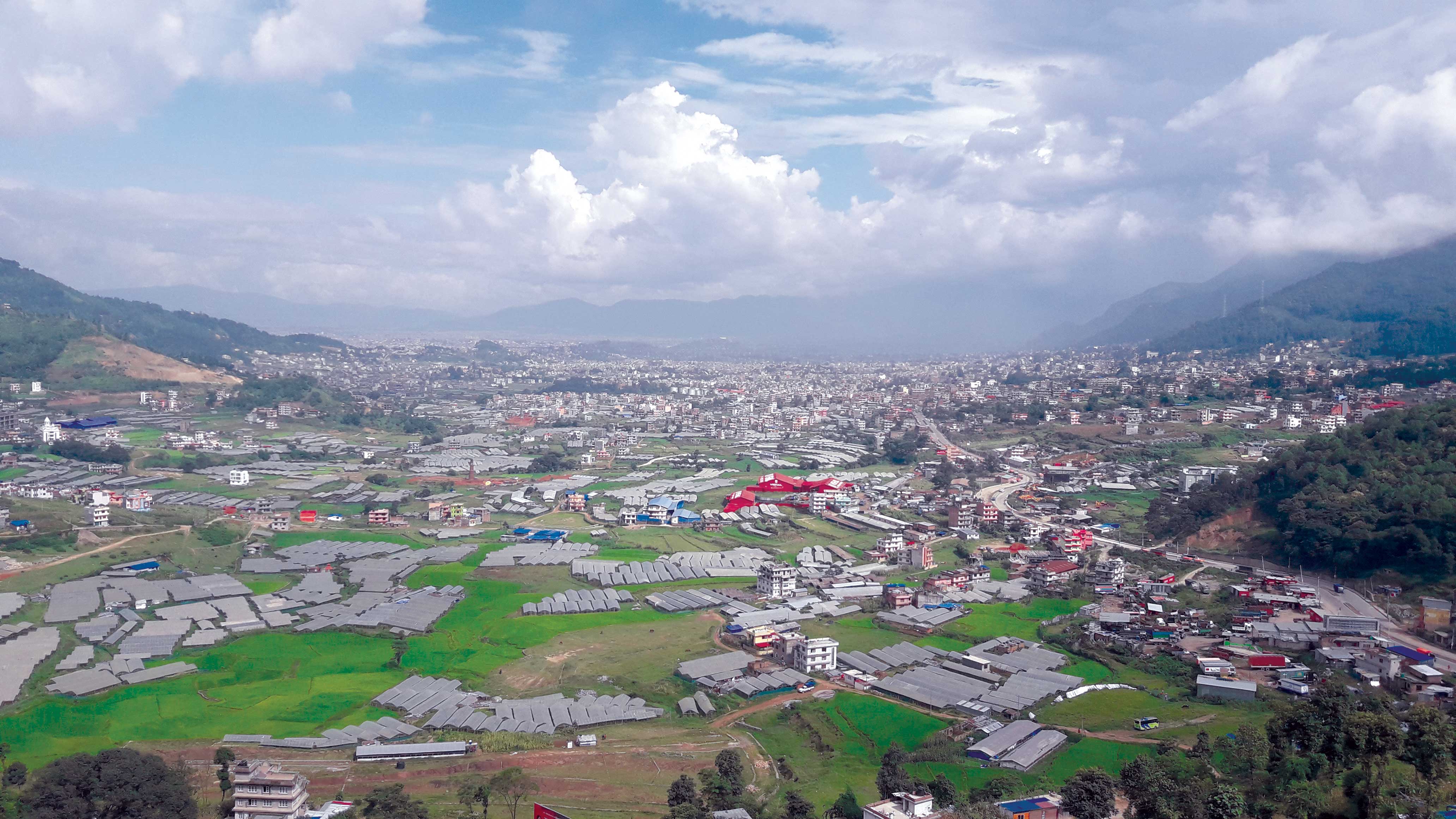It is believed that when Lord Bud-dha took his first seven steps, a lo-tus flower rose out of each spot he stepped on. During my own Bratabandha, I was made to take seven similar steps and on each of the places I stepped upon, the head priest drew lotus flowers to symbolize Lord Buddha’s seven steps. This ritual is part of the Bratabandha ceremony, which is practiced among Buddhist families in the country. Every male child is made to experience the life of a monk for four days.
The Bratabandha ceremony is practiced in many different ways among the various ethnic groups. I was raised in a Newar- Buddhist Shakya family and hence we are here talking about Bratabandha in a Shakya family. I was about seven years old when I went through these rituals. Each of the four days has some significance.

The ceremony begins with an announcement and invitation of sorts and the first step to a Bratabandha is the offering of a beetle leaf and supari (beetle nut) at Hanuman Dhoka, the old Royal Palace. This is followed by a puja ceremony at the family’s local place of worship.
This announcement precedes the first day of being a monk. On the first day, as five senior priests chant the mantras, the head priest shaves the hair of the young child. The child’s aunt being the one to get hold of the first strands of the boy’s hair and worship it for the duration of the Bratabandha is dressed up for this occasion. Being the focal part of a Bratabandha, the shaving of the head is accompanied by much enthusiasm and cheer. In many cases a child’s reluctance in facing the blade creates quite a lively commotion. I remember my mother’s attempts to hold my sobbing face still, as the priest shaved off my hair. Another puja then precedes the dressing up of the child in the maroon-orange robes of a monk, as the children listen to the chief priest telling stories of the Buddha and what the ceremony should mean to them.
The robes the child wears symbolizes the giving up of all worldly pleasures and means he will lead the simple life of a Buddha. The child is also made to carry a stick with a silver headpiece along with a silver bowl that he uses to beg for alms. These alms are all that the child will be allowed to eat from for the next three days and they consist of rice grains, fruits and money. The day ends with the child’s uncle and aunt taking the child around Hanuman Dhoka, as a means to show one and all that the boy has started his life as a monk.
The second day starts with the boy asking for alms in his own house, after which he can set foot inside. Within four days, the child must have at least begged for alms at seven different homes. They usually beg at the houses of relatives and friends and this is also the fun part of the Bratabandha as the boy meets friends and family for the first time, as a monk. My experience of being a monk is filled with cheerful memories of dressing up in an orange robe and attracting lots of people in the streets who would offer fruits and money. I also remember visiting relatives who treated me differently.
On the last day of the Bratabandha, the officiating aunt offers the child’s hair strands at a confluence of two rivers. This act represents an apology to the gods for the child giving up the life of a Buddha and going back to his normal life. The robes are replaced by new casual wear and the ceremony ends with a grand feast with all family and friends invited to celebrate the four days the child lived as a monk. Even at such a tender age many children decide to become a monk for the rest of their lives. From my experience, this is not unusual and happens quite often. These children continue wearing the robes of a monk and start living away from the family in a Bihar (Vihar).
People who are not familiar with the Newar culture often ask how such a young child can possibly know that he wants to be a monk and why his parents allow them. Religion and mythology play a major role in traditional Newar households and many decisions are taken in accordance to ancient customs. Bratabandha remains an integral part of a Newar man’s childhood. By being a monk at a young age, the men get to learn an important lesson very early in life: not to be steered by materialistic happiness. It also instills a very strong sense of humanity and kindness in a person at an early age.










